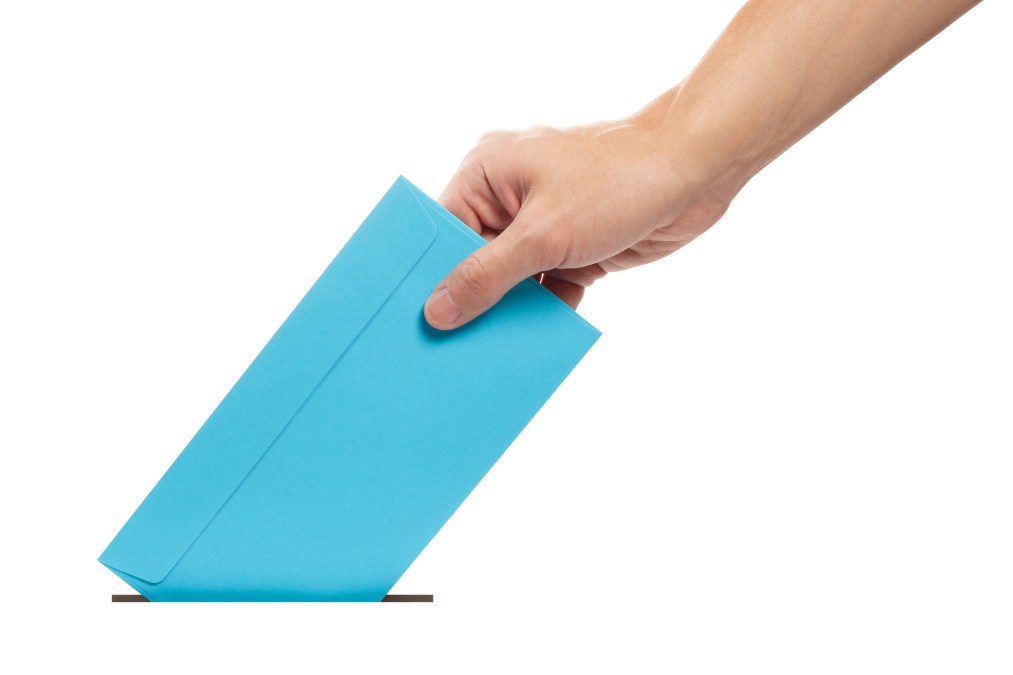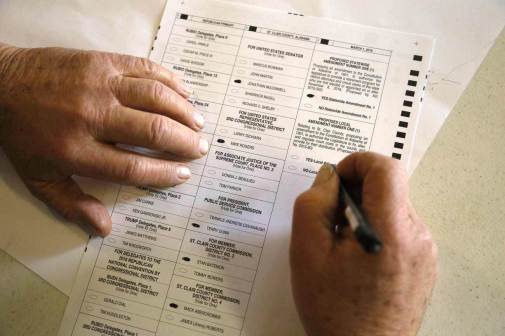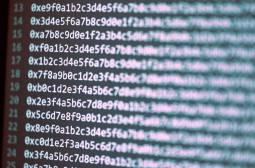Pandemic-time elections expected to be much more expensive

The $400 million in election assistance funds that Congress authorized in the March pandemic relief package would not even cover the costs of switching to predominately mail-in balloting in five states, much less all 50, according to a report published Thursday.
The report, which was led by New York University’s Brennan Center for Justice, comes as state election officials resolve how to safely conduct elections during the coronavirus pandemic. The crisis has prompted several states where absentee ballots are rare to try converting to all-mail voting, an expensive project that typically takes states multiple election cycles to complete.
According to the report, the election funds received by the five states it examined — Georgia, Michigan, Missouri, Ohio and Pennsylvania — would not even amount to 20 percent of the funds needed by those states to expand mail-in and absentee ballots to all their voters this November. But with state and local budgets plunging as public-health measures wipe out tax revenue, a shortage of federal assistance could lead to more situations like the recent Wisconsin presidential primary, in which hundreds of polling places closed and turnout plunged after state lawmakers and courts refused to postpone in-person voting. At least 52 people who went to polling places during the April 7 primary have tested positive for COVID-19.
“Without congressional leadership, the risk of repeating the problems experienced in recent primaries will increase dramatically,” the report states. “These problems include an inability to timely process ballot applications, closed polling places, and unnecessary sickness and even death for voters and election workers performing their civic duties.”
Envelopes and scanners
The Brennan Center was joined in publishing the report by the University of Pittsburgh’s Institute for Cyber Law, Policy, and Security; the Alliance for Securing Democracy; and the R Street Institute, a free-market think tank.
“Nobody should be facing the choice of their health or their right to vote,” Paul Rosenzweig, a senior fellow at the R Street Institute, said on a conference call with reporters.
Michigan, which held its (in-person) presidential primary March 10, stands to get about $11.2 million in election assistance funds. But according to the report, that’s only about 12 percent of the $104 million it will need to hold primaries for local and statewide offices, as well as the Nov. 3 general election in a state with 7.7 million registered voters. And there will be several major expenditures passed on to localities, said Tina Barton, the city clerk in the Detroit suburb of Rochester Hills.
“There’s the cost of mailing 55,000 ballot applications, then the cost of mailing out 50,000 ballots, the cost of envelopes, return envelopes,” she said.
On top of that, jurisdictions that aren’t accustomed to widespread mail-in voting — just six states conduct all their elections by mail — will also need to acquire high-speed letter openers, scanners and technology that can match signatures on ballots against driver’s licenses and other records used for voter verification. But Barton said Rochester Hills will struggle to come up the money on its own, as it faces a $7 million hit out of a $50 million budget.
Ohio, which delayed its presidential primaries from March 17 to April 28, and converted to an all-absentee vote, offers a partial example on quickly ramping up mail-in balloting. Still only 1.5 million ballots were counted Tuesday, less than half the total recorded in the 2016 primaries. While Ohio officials have touted their 30-day sprint, it will take much more to prepare for a general election in which participation could approach 70 percent, said Michelle Wilcox, the auditor in rural Auglaize County and head of the Ohio Association of Election Officials.
“We need to get federal funding to make sure we can operate in November,” she said.
The think tanks’ report projected Ohio and its localities will need between $70 million and $82.2 million to run its elections this year; the state got just $7 million in the March relief package.
‘More secure than in-person’
While absentee ballots are widely considered to be one of the most reliable forms of voting, a mail-in election poses security concerns beyond those election officials have already faced since 2016.
“It’s all about making sure nothing happens to the mail-in ballots. Those are paper documents — extremely high-fidelity votes,” Michael Hamilton, a former chief information security officer for the City of Seattle, told StateScoop last week. “In-mail voting is more secure, but what comes into question is not so much cybersecurity — although there is tallying done on computers — but security of ballots in transit and storage. That’s another cash outlay [cities or] counties would need to do.”
A handful of Democratic U.S. senators, led by Ron Wyden of Oregon, have pushed to give states as much as $2 billion to run all-mail elections. Congressional Republicans and President Donald Trump — who voted by mail in Florida’s primary last month — remain hostile toward expanding mail-in voting, saying that it could lead to fraud or an advantage for Democrats. But election officials on Thursday’s call said there’s no detectable partisan advantage to voting absentee or by mail. An Associated Press poll released Thursday found that 60 percent of all voters, including 46 percent of Republicans, support no-excuse absentee voting as the COVID-19 crisis continues.
The R Street Institute’s Rosenzweig concurred that accusations of fraud are overblown.
“There’s no such thing as a perfect election system, but evidence of vote-by-mail fraud is virtually nonexistent,” he said. “With good security, vote-by-mail is probably more secure than in-person.”
But local election officials said a safe election in a plague year won’t be possible without more federal support.
“We have to have this funding,” Barton said.






